Born in San Francisco and based in LA, photographer Buck Ellison has spent years observing the “language of white American wealth” in his images. From a distance, his pictures bear a likeness to Tina Barney’s. Look closer and you’ll find a completely different perspective, one far less congenial. When looking at wealth, Buck says, the importance is not to understand “privilege”, but instead do away with the concept entirely, and interrogate the “mechanisms that preserve inequality”. Using actors and props to recreate the inner sanctuaries of these cloistered communities, Buck’s first monograph — Living Trust — looks beyond the classic symbols of class and the contrived expressions wrought across its inhabitants’ faces. What lingers beneath the surface is always far more interesting.
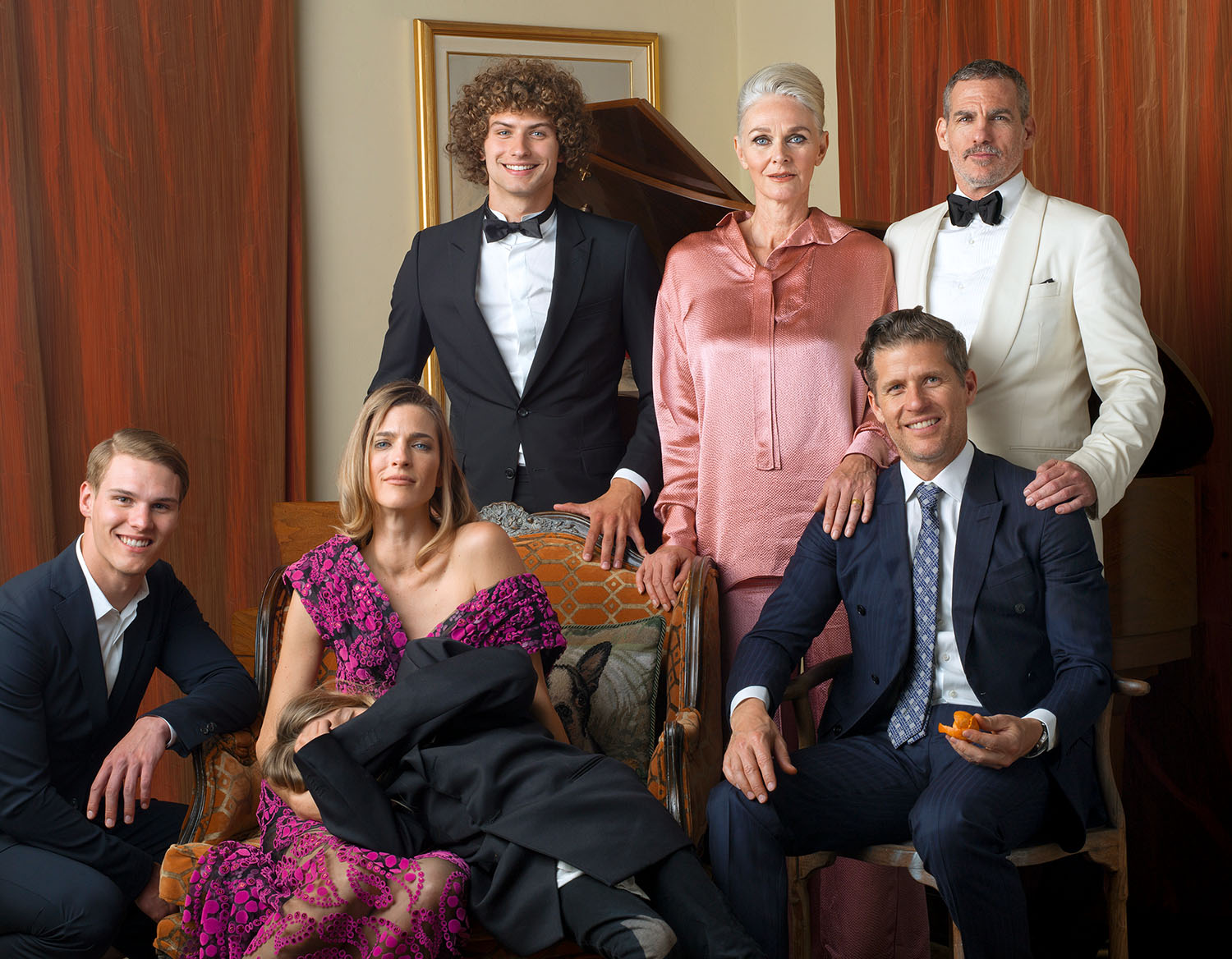
Tell us a little bit about the stories and communities you’re interested in documenting in your work.
My subject seemed to very actively resist its own depiction. In a society that’s formally democratic and egalitarian, no one wants to show you the mechanisms that preserve inequality. The manners or behaviours I want to depict are often so shrouded or tucked away that suddenly the camera’s mythic ability to ‘capture’ or ‘expose’ felt especially useful and appealing. It’s important to document how this group, through inconspicuous choices in how to spend, how to behave, and what to value, shore up a deservedness of their social position, allowing them to ignore the rabid inequality around them. At the very least, they do not see themselves to blame.
When shooting you use actors. Could you speak a little on this process and to the level of detail you go into when assembling these scenarios?
Of course. Let’s take the example of the image Sunset. The jumping-off point for this image was autobiographical. Bumper stickers were a big deal in high school; they offered a way to differentiate oneself within a homogenous pool. I wanted to make a picture about that. I was attracted to the profanity of ruining the paint job of an expensive car with cheap stickers, but I also liked the tenderness of this moment where the sticker was being affixed for the first time, of identity literally in the act of construction.
So I scouted the location, cast the models, paid for the one model to get cupping, and spent a long time sourcing stickers (Patagonia, The North Face, and Save Tibet) and clothes (a Ralph Lauren shirt, a Red Stripe tank top, a ring from Thailand). These prop and styling decisions were important because I wanted to suggest that a series of painstakingly considered decisions had preceded the moment we see. These choices seem trifling, but in this microcosm of a world, where wealth and progressivism sit so close, where kids hate capitalism but don’t know what it means yet, these affiliations carry enormous weight. While their symbolic position sometimes manifests itself through material goods — the car — mostly these kids reveal their class position through cultural signifiers that convey their acquisition of knowledge and value systems — the bumper stickers.
We shot for about two hours. I shoot for so long so that the actions become routine; the models are putting stickers on a car rather than acting like they are putting stickers on a car. The decision to shoot at sunset was initially inspired by the flag on the “Save Tibet” sticker, which features a sun setting. But I like that it also lends a heroic light to this otherwise mundane moment.
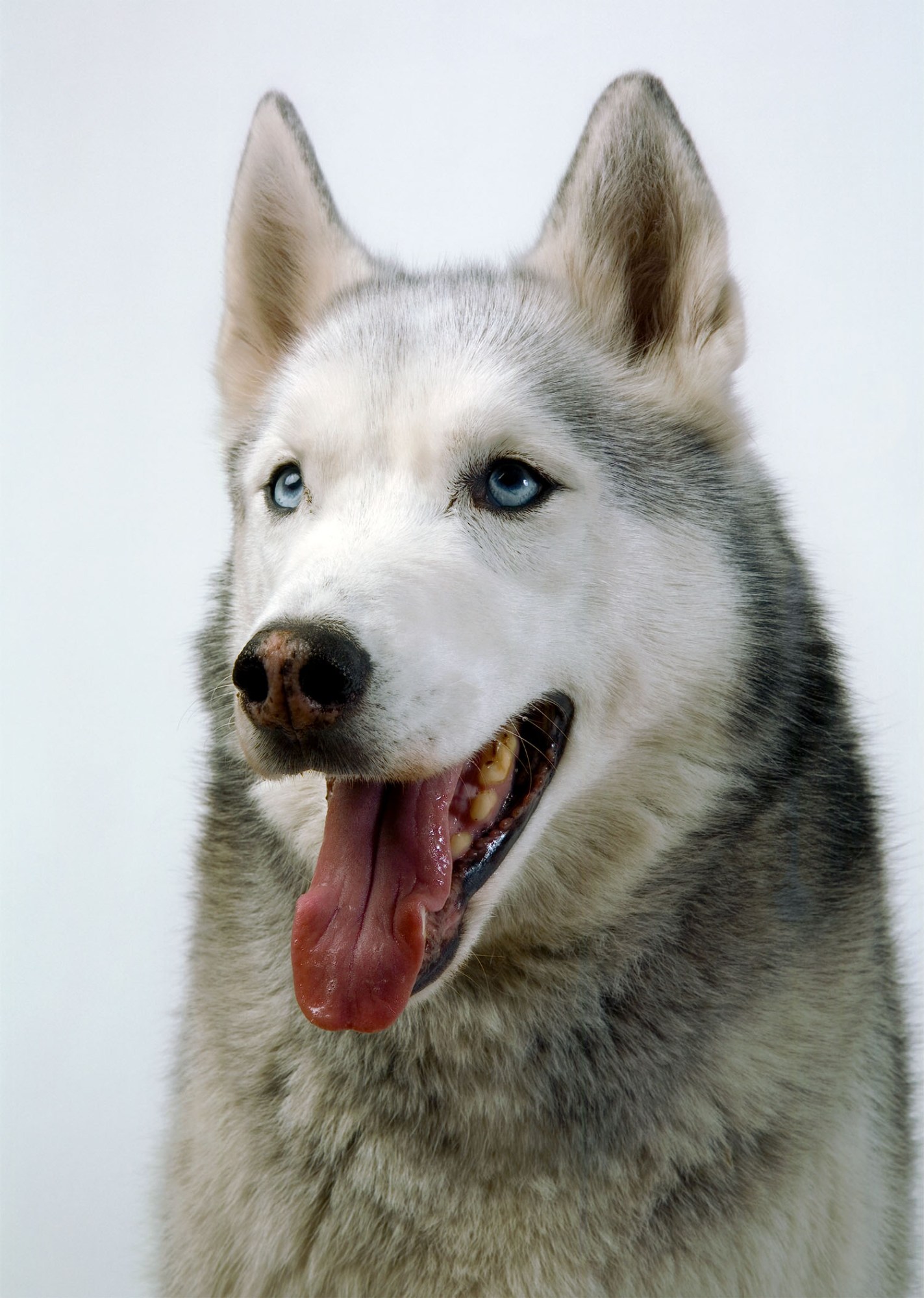
Your new project Living Trust explores “how wealth, privilege and whiteness are sustained and broadcast in America” — what drew you to this?
Privilege is a shitty little word used to police the behaviour of others. In the United States, we have a society that prides itself on its level playing field during a historical moment of ever-increasing inequality. As we judge rich people for consuming well or badly, working hard or being lazy, giving money away or keeping it, we miss the point. To say someone inhabits privilege incorrectly implies that it is possible to inhabit it correctly, which isn’t possible! I think it’s a frustrating word, as it draws attention away from the institutions and social processes that maintain inequality.
How does this project fit into your wider catalogue of work and the themes you tend to explore?
It’s about wanting to look, but feeling guilty once you have. Wealth makes a lot of beauty possible, undeniably so. But many of the systems that create and preserve affluence are objectively objectionable. Of course, this guilt only heightens the pleasure of viewing. It’s an uncomfortable feeling. People tell me they see this in my pictures — this attraction and repulsion towards the same subject.
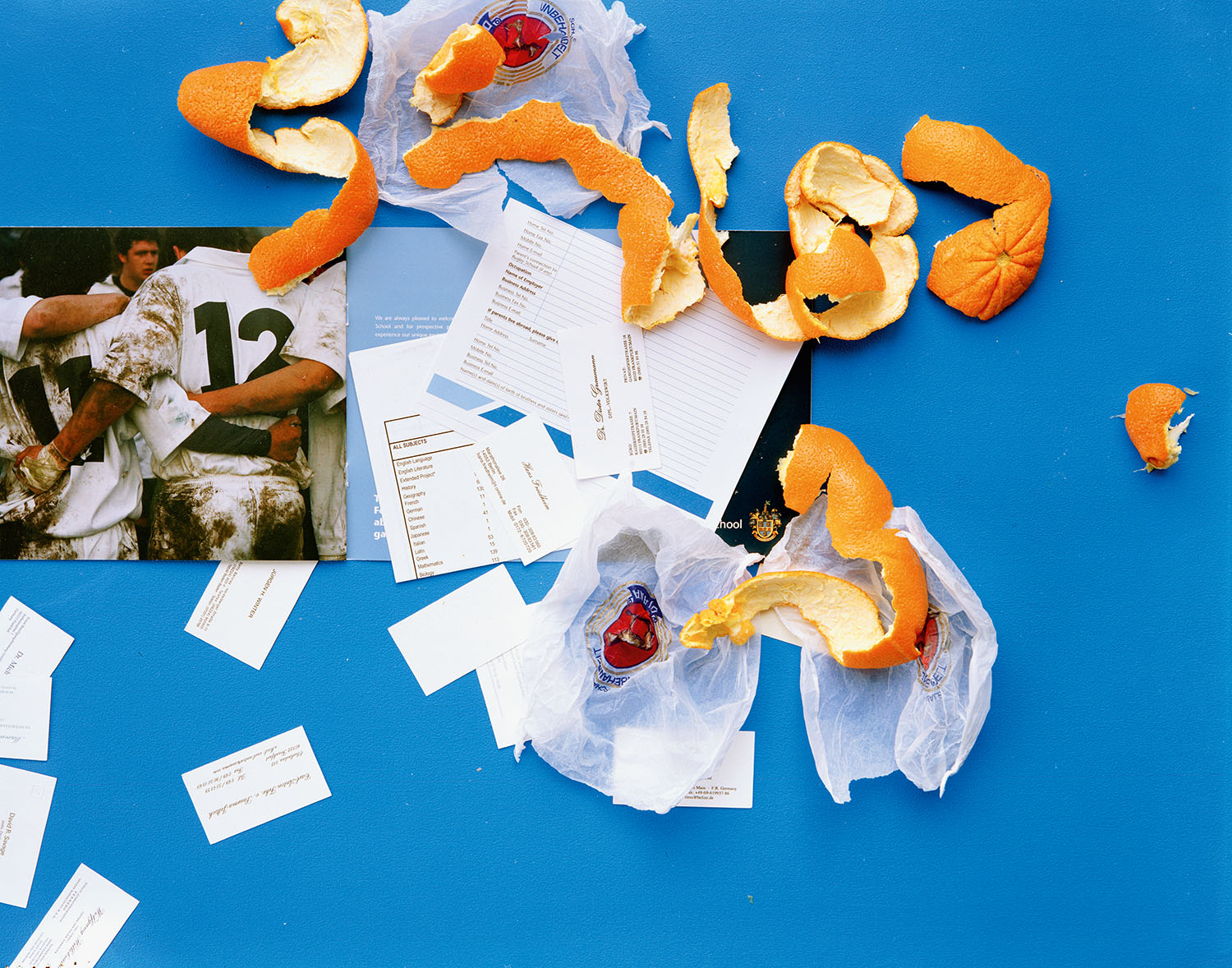
What’s your relationship with the “comfortable, white, upper-middle-class families” of America?
“He’s really invested in gut health right now” or “She’s taking the year off to focus on her bongo drums” are phrases you mostly hear in a specific context, and this is the world my pictures examine. I try to be clear about this involvement, even on a simple formal level: most of the images are shot very close up; I’m right up in there with the action. I wouldn’t be able to make my “critiques” were I not raised and schooled in the world I’m examining.
What can we learn from observing this particular demographic of America?
I feel a real urgency to look at this group. The Forbes 400 list of the wealthiest people in the United States are now 45% wealthier than they were in 2007, while most Americans have still not recovered from the 2008 financial crisis. Globally, 1% of the world population now controls 50% of its wealth. These figures are terrifying. Moral judgements of the behaviours of wealthy individuals are a smokescreen, a distraction, from wealth concentrating such an extraordinary rate. In the words of Dorian Warren, an assistant professor of political science at Columbia, “we have to understand what’s going on at the top.”
Living Trust by Buck Ellison is published by Loose Joints and available to order now.
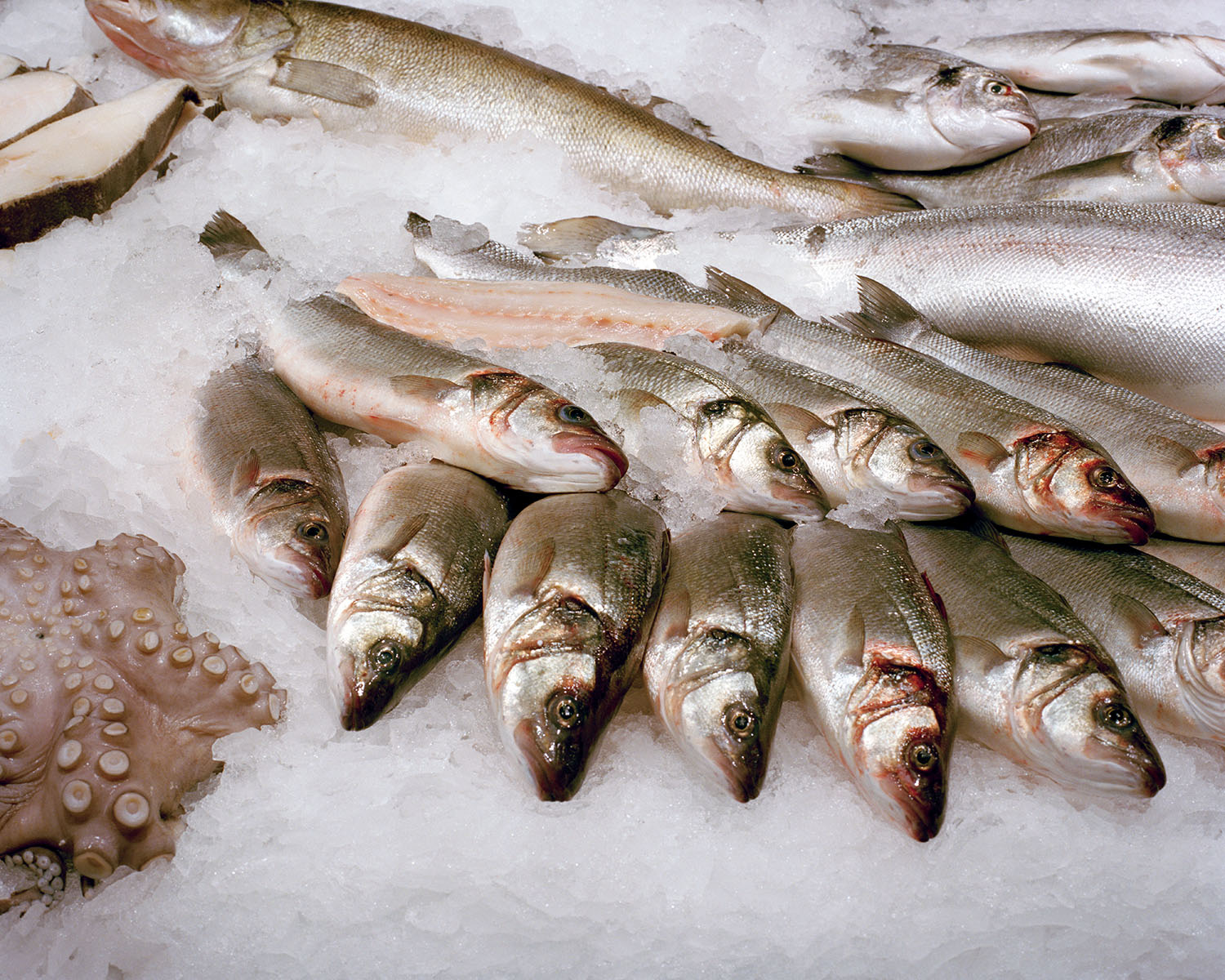

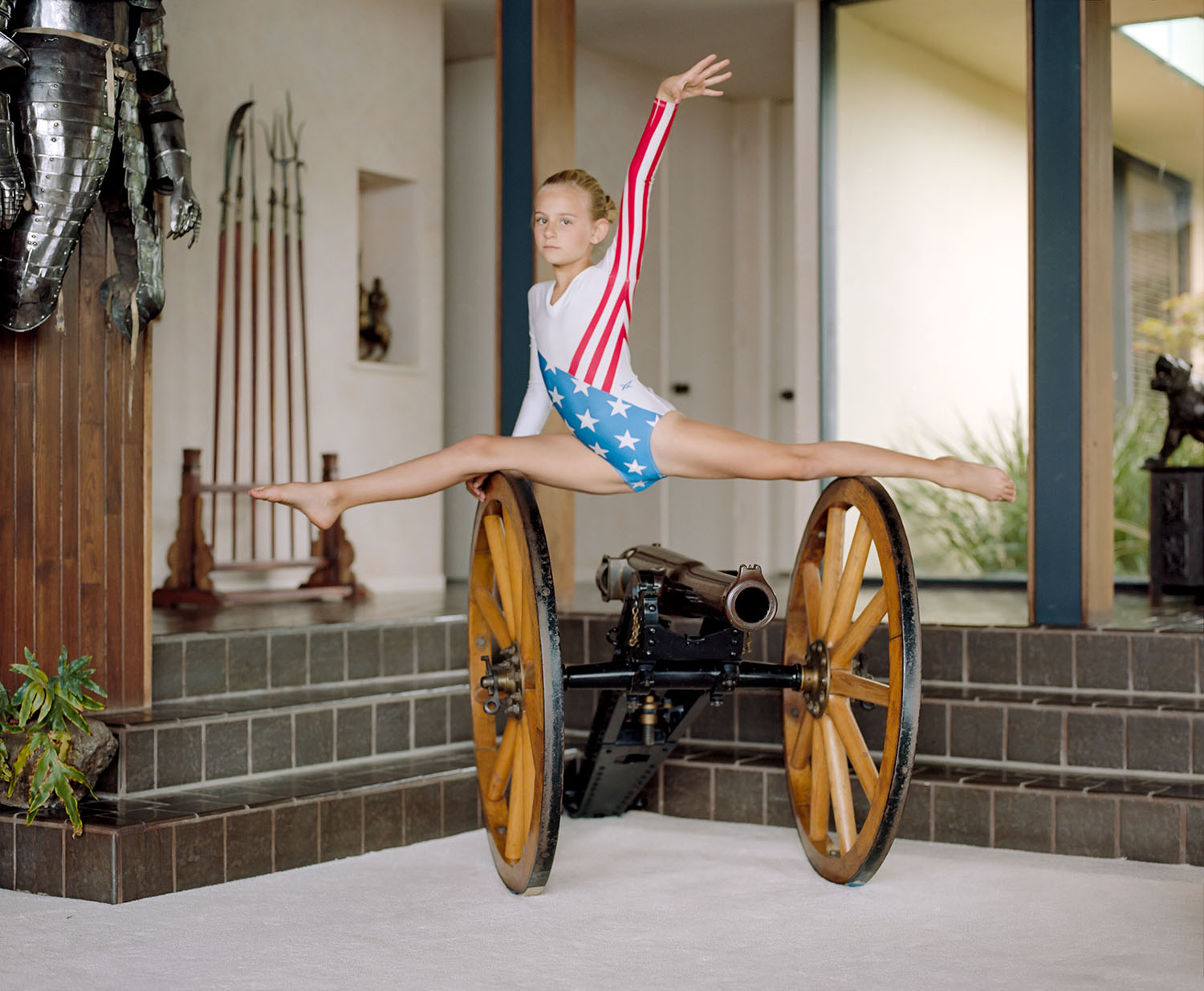
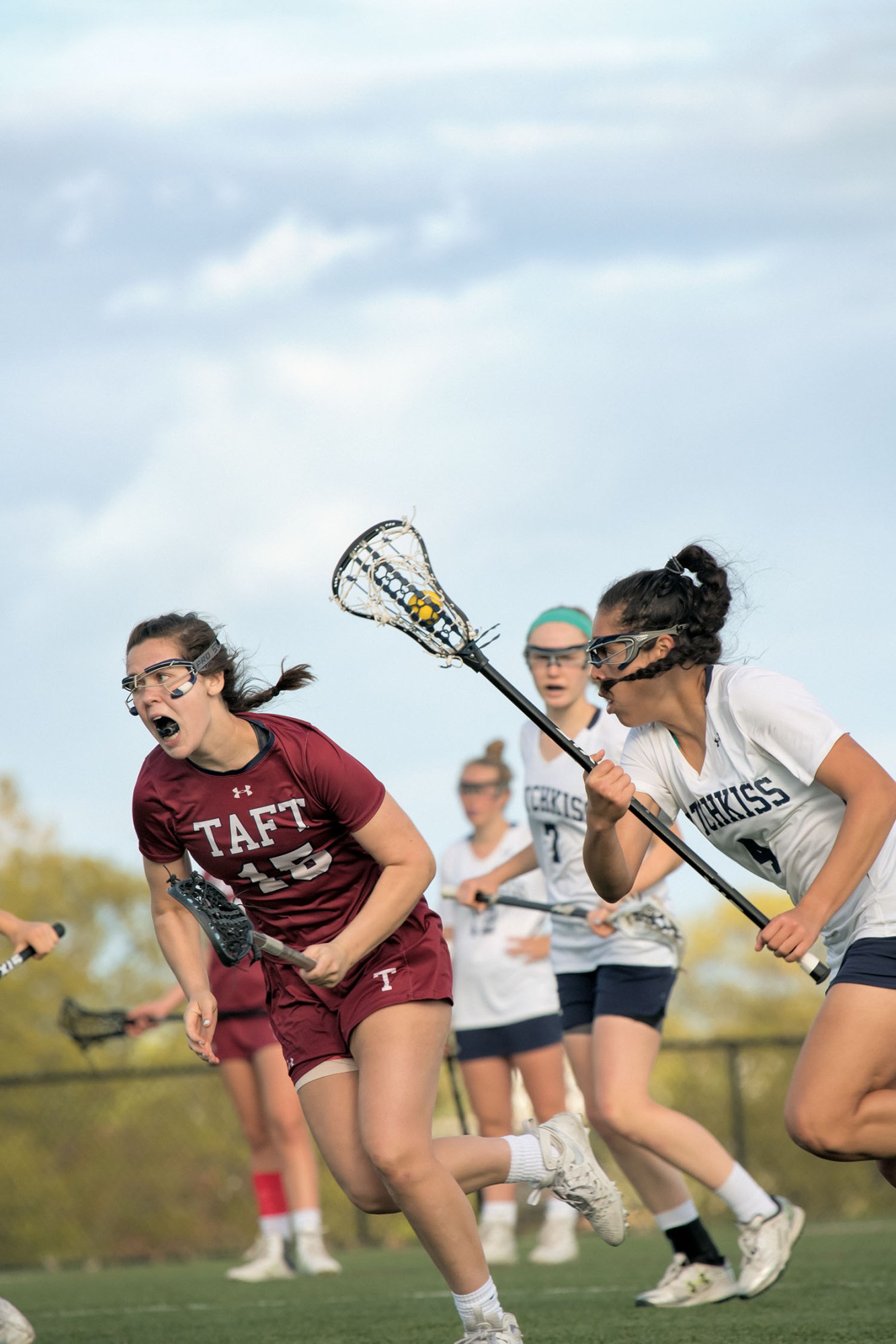
Hotchkiss v. Taft #1, 2017 © Buck Ellison 2020 courtesy Loose Joints

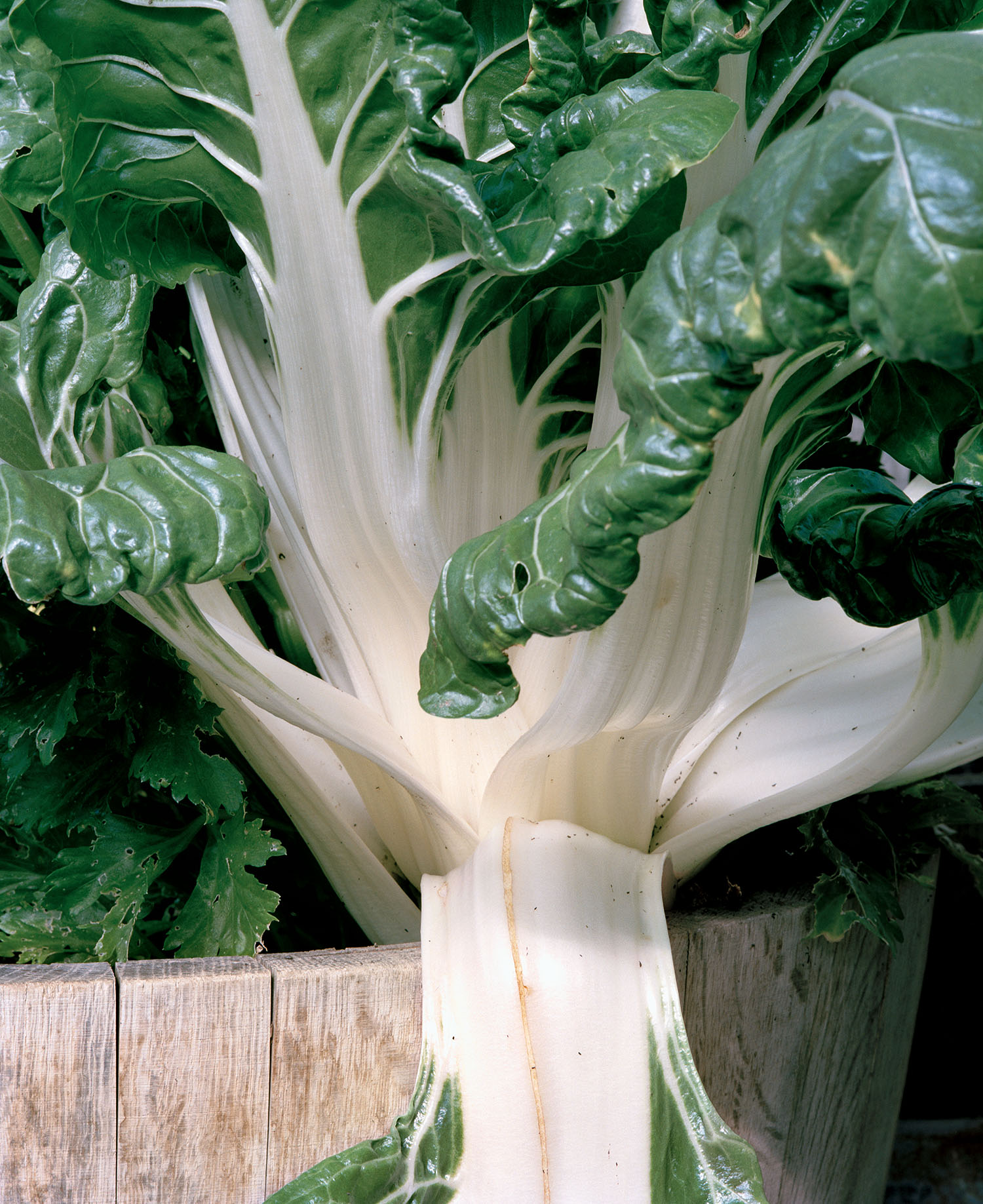
Credits
All images courtesy Loose Joints
